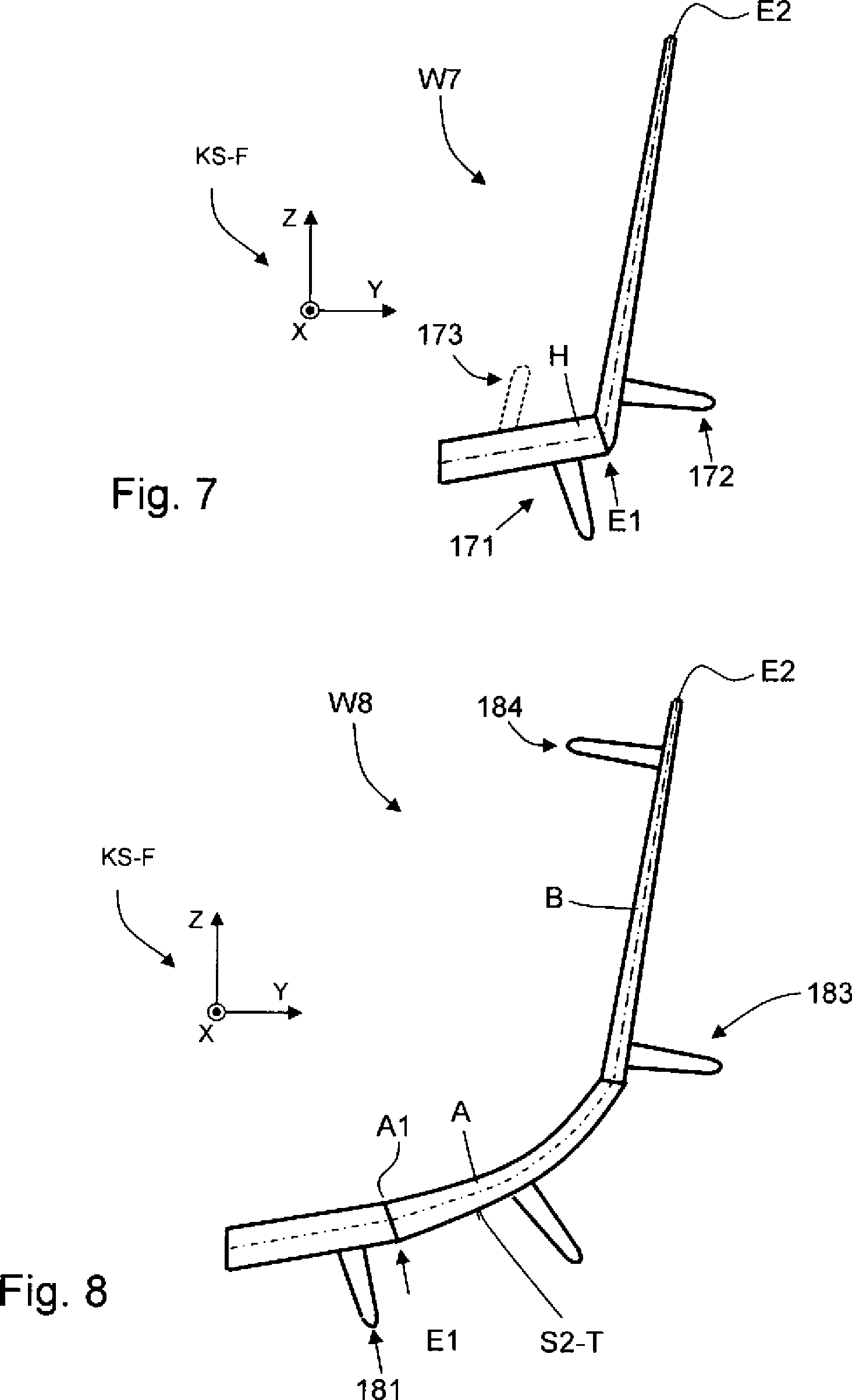 par Beochien Dim 26 Sep 2010 - 12:59
par Beochien Dim 26 Sep 2010 - 12:59
Bonjour !
Pour un retour aux basiques, très bien définis chez Wikip.en, pour les wingtips en général !
Ou l'on peut voir d'ailleurs que l'encombrement, l'envergure finale, n'est pas étrangère au problème, dans certains cas !
Normal, si un B737, où A320, devait terminer dans des slots d'aéroport destinés aux LC, ça compliquerait pas mal la vie et l'économie des Airlines !
Contrainte qui se fait moins sentir dans le désign des nouveaux LC, A350 ou B787 !
Avec deux questions subsidiaires ... les A350, et B787 , dans quelles catégories les mettre ...
Ben aucune définie précédemment !
Liens informatifs :
La base chez Wikip , Wingtip Device !
http://en.wikipedia.org/wiki/Wingtip_device#Raked_wingtip
Et pour les Raked Wingtips du B787 et les Non Planar du A350 ..
http://en.academic.ru/dic.nsf/enwiki/187514
--------
Raked wingtip Raked wingtips are a feature on some Boeing airliners, where the tip of the wing has a higher degree of sweep than the rest of the wing. The stated purpose of this additional feature is to improve fuel economy, climb performance and to shorten takeoff field length. It does this in much the same way that winglets do, by increasing the effective aspect ratio of the wing and interrupting harmful wingtip vortices. This decreases the amount of lift-induced drag experienced by the aircraft. In testing by Boeing and NASA, raked wingtips have been shown to reduce drag by as much as 5.5%, as opposed to improvements of 3.5% to 4.5% from conventional winglets. An increase in wingspan is generally more effective than a winglet of the same length, but may present difficulties in ground handling. For this reason, Boeing's short-range 787-3 design currently calls for winglets, instead of the raked wingtips featured on all other 787 variants. Raked wingtips are or are planned to be employed on:* Boeing 747-8
* Boeing 767-400ER
* Boeing 777-200LR/-300ER/Freighter
* Boeing 787 (except for 787-3 variant)
* Boeing P-8 Poseidon
* Airbus A350 XWB
Et pour le "Non planar" Wingtips, du A350, même source !
----------
Non-planar wingtip
Non-planar wingtips are normally angled upwards in a polyhedral wing configuration, increasing the local dihedral near the wing tip. These provide the wake control benefit of winglets, with less parasite drag penalty if designed carefully. The non-planar wing tip is often swept back like a raked wingtip, and may also be combined with a winglet. A winglet is also a special case of a non-planar wingtip.Aircraft designers employed mostly planar wing designs with simple dihedral after World War II, prior to the introduction of winglets. With the wide acceptance of winglets in new sailplane designs of the 1990s, designers sought to further optimize the aerodynamic performance of their wing tip designs. Glider winglets were originally retrofit directly to planar wings, with only a small, nearly right-angle transition area. Once the performance of the winglet itself was optimized, attention turned to the transition between the wing and winglet. A common application was tapering the transition area from the wing tip chord to the winglet chord, and raking the transition area back to place the winglet in the optimal position. If the tapered portion was canted upward, the winglet height could also be reduced. Eventually designers employed multiple non-planar sections, each canting up at a greater angle, dispensing with the winglets entirely.The Spiroid winglet, a winglet that loops back onto the wing to attempt to eliminate winglet tip induced vortices, is under development. [citeweb|title=Spiroid Tipped Wings|url=http://www.aviationpartners.com/spiroids.html|publisher="aviationpartners.com"|accessdate=2008-05-08] Non-planar wingtips (without winglets) are or will be employed on:* Schempp-Hirth Discus-2b
* Schempp-Hirth Duo Discus
* Airbus A350 XWB -----------------
Pour les photos, cliquer sur les liens appropriés !
JPRS









